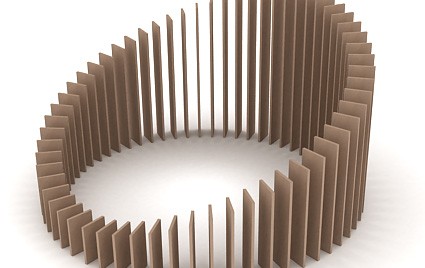
Converting vectors to scalar
In early versions of PARA 3d you could derive scalar values directly from the curve controller. In new version this function is not available and you need to use Convert controller to convert vector outputs like Position/Rotation to the scalar type for use in scalar properties.
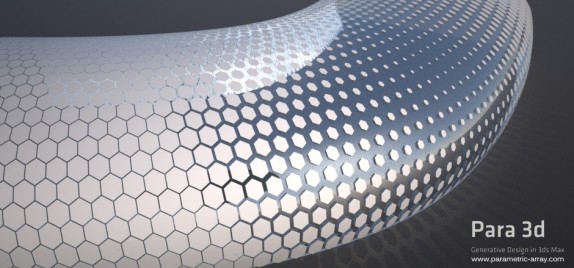
Using Sub_object controller (Advanced Surface paneling)
This is an advance tutorial in surface paneling using surface controller and sub-object controller. In this video you learn how to use Sub-Object controller inside surface controllers to modify the panel size and shape. Also you find pattern option to create honeycomb pattern with a single hexagon shape.
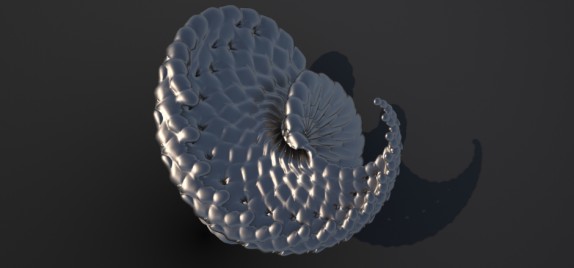
Creating organic forms in PARA 3d
One of the interesting functions of PARA 3d is the link tool from the link controller. using this tool you can actually link the objects together just like what you do with link function in 3ds MAX. Index values defines the target objects for link operation. for example index1= -1 means objects will be linked to the previous object in D1 direction.
After you create a chain of links in your array you can modify the rotation and scale parameter to creates fractal kind of geometry ,at the end a mesh smooth modifier can give a nice effect to the end result.
linking 3DS MAX objects in Para 3d 4.1 is different than older versions. Array linker is a new add-on that allow chaining Max objects within the same arrays (or even from different arrays). See this video to find out more.
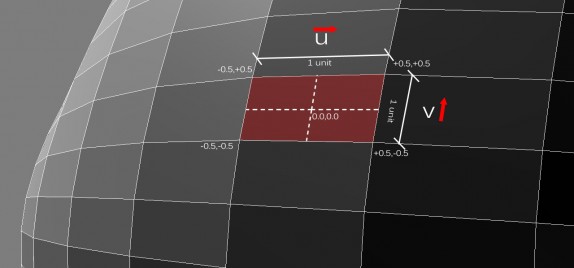
Understanding of UVW offsets in surface controller
In this short video you understand the use of UVW offsets while subdividing a surface with surface controller in PARA 3d. surface controller by default sets these values to keep the overall look of the objects on the surface. but end result is also depends on the number of divisions and proportion of sub-surfaces.
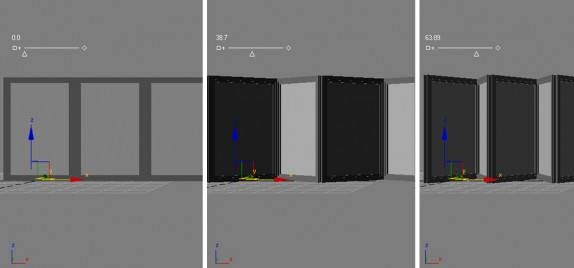
Using Sliders as external links
This video shows how to use slider objects as input value in PARA 3d. You also learn the difference of internal links and external links. we also use Math controller with pattern controller to alter the output of link controller in every other object.
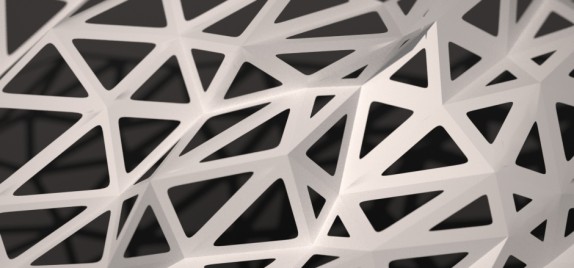
Randomizing surface divisions
This is an advanced tutorial in using PARA 3d to create noise effect in the divisions made by a surface controller. Before practice this tutorial you need to check the previous video to find out how to make the adaptive component which you can see at the beginning of this video.
click here to go to the video page
Creating noise effect in magnetic field.
By adding random controller in offset channel of the Magnet controller you can create noise effect in magnetic field.
Creating Adaptive Components for use in PARA 3D
Creating an adaptive component in 3ds MAX which can be used in PARA 3d for surface paneling. Adaptive Component are objects which can be modified in base by parametric array.
Interpolate Controller
You can use Interpolate controller to transform a curve in the array.
This controller creates smooth transition between the items you select and modify by intermediate items.
Randomized pattern and noise effect in animation
Random controller can generate both Fresh and Repetitive random values. Watch this video to find out how to use the random controller to create a random pattern and how to generates (or avoid generating) random values during animation using key frame maker utility.
Recent Comments